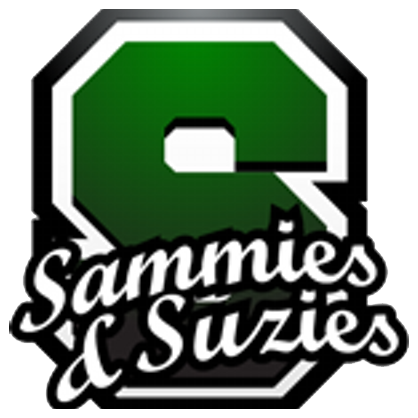MAP: Measured Academic Performance
NWEA Guide for Parents and Families
What is NWEA?
The Northwest Evaluation Association (NWEA) is a non-profit organization committed to helping school districts through the nation to improve learning for all students. NWEA partners with more than 2200 school districts representing more than 3,000,000 students. As a result of NWEA tests, educators can make informed decisions about your child’s academic growth.
What is the MAP NWEA Assessment?
We are presently testing all students in Grades 1 through 5. The NWEA’S computerized adaptive tests are called Measure of Academic Progress or MAP. When taking a MAP test, the difficulty of each question is based on how well the student answers all the previous questions. As the student answers correctly, questions become more difficult. The final score is an estimate of the children’s achievement level.
What is RIT?
Tests developed by NWEA use a scale called RIT to measure student achievement and growth. RIT stands for Rasch UniT, which is a measurement scale developed to simplify the interpretation of test scores. (Georg Rasch was a Danish mathematician who developed measurement models for testing. These models are used widely in education today). Scores can be added together to calculate accurate class or school averages.
What is an average score?
RIT scores range from about 140 to 300. Students typically start at the 140 to 190 level in third grade and progress to the 240 to 300 level by high school. RIT scores make it possible to follow a student’s educational growth from year to year.
At the SCEL and ELEM, students take the test three times a year, and it takes about one hour to complete each test. We test in Reading and Math. The teachers use these scores to keep track of progress and growth in basic skills. These scores inform the flexible groupings needed for scheduling our RtI (Response to Intervention) skill activities.
What can you do as a parent?
Three kinds of parental involvement at home are consistently linked with higher student achievement:
1 - Actively organizing and monitoring a child’s time.
2 - Helping with homework
3 - Discussing school matters.
How can you figure out your child’s reading range so that you can choose a book at the appropriate reading level?
There is an important item on the child’s MAP report called “RIT to READING RANGE.”
This links measurement method to the LEXILE system of measurement. You can use the numbers in your child’s RIT to Reading Range to find book suggestions for your child at his or her appropriate level. The Lexile system allows educators and parents to find books, periodicals, and other reading material that is appropriately challenging to each student.
What are some ways that you help your child do well in school and on assessments?
Meet with your child’s teacher as often as needed to discuss his/her progress.
Provide a quiet, comfortable, distraction-free place for studying at home.
Make sure that your child is well rested on school days especially the day of an important test. Children who are tired are less able to pay attention in class or to handle the demands of a test.
Provide a well-rounded diet. A healthy body leads to a healthy, active mind.
Provide books and magazines for your child to read at home. To find the appropriate reading level, please visit the Lexile website. By reading new material, a child learns new words that might appear on a test.
Look at suggested reading lists from school and the public library.
